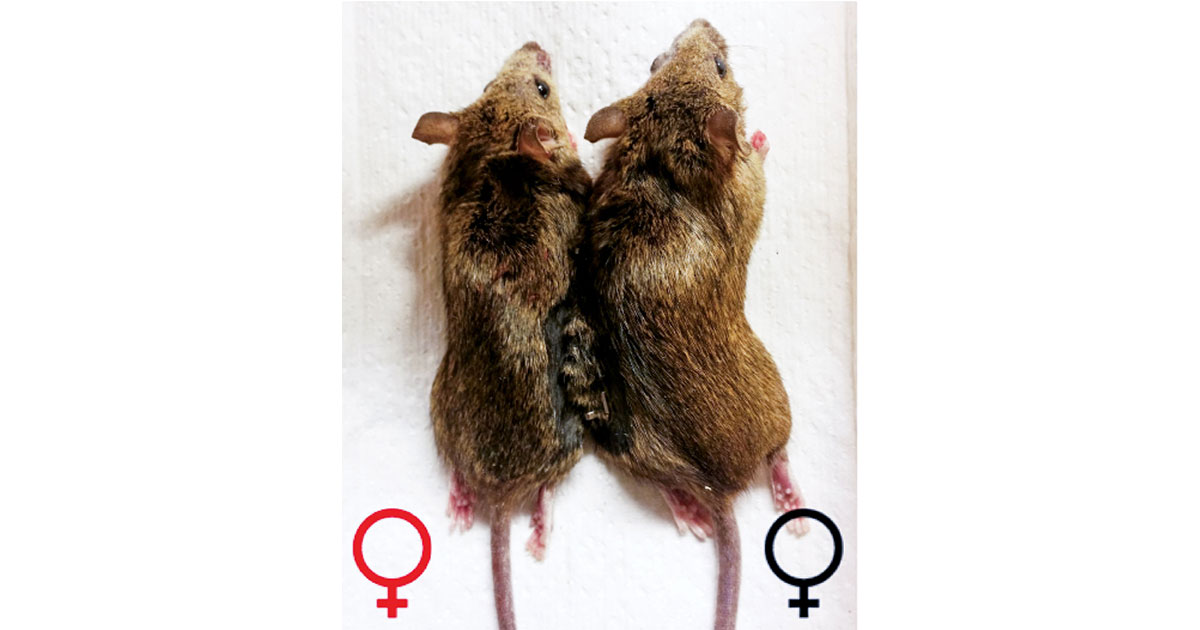Advertisement
Grab your lab coat. Let's get started
Welcome!
Welcome!
Create an account below to get 6 C&EN articles per month, receive newsletters and more - all free.
It seems this is your first time logging in online. Please enter the following information to continue.
As an ACS member you automatically get access to this site. All we need is few more details to create your reading experience.
Not you? Sign in with a different account.
Not you? Sign in with a different account.
ERROR 1
ERROR 1
ERROR 2
ERROR 2
ERROR 2
ERROR 2
ERROR 2
Password and Confirm password must match.
If you have an ACS member number, please enter it here so we can link this account to your membership. (optional)
ERROR 2
ACS values your privacy. By submitting your information, you are gaining access to C&EN and subscribing to our weekly newsletter. We use the information you provide to make your reading experience better, and we will never sell your data to third party members.
Biological Chemistry
Synthetic Genetics
Artificial Genes: Mimics of nucleic acids are capable of information storage, heredity, and evolution
by Sarah Everts
April 23, 2012
| A version of this story appeared in
Volume 90, Issue 17

The genetic basis for life on Earth may be stored in RNA and DNA, but scientists have now made six synthetic mimics of genetic material that are capable of recording, propagating, and evolving genetic information (Science, DOI: 10.1126/science.1217622).
The mimics could form a rudimentary basis for synthetic life and may have applications in materials science, molecular diagnostics, and therapeutics, comments Gerald F. Joyce, a chemist at Scripps Research Institute in La Jolla, Calif. They may also inform the search for life on other planets and for the origin of life on our own, he says.
A team led by Philipp Holliger, a chemist at the Medical Research Council Laboratory of Molecular Biology in Cambridge, England, prepared RNA and DNA mimics from six existing analogs of ribose and deoxyribose, the sugars that form the polymer backbones of RNA and DNA, respectively.
Like ribo- and deoxyribonucleotides, the nucleotide versions of these analogs can be strung together to form six different polymer backbones that the researchers call xeno-nucleic acids (XNAs). These are versions of nucleic acids containing nonnatural ring structures in place of ribose or deoxyribose. Each XNA can present sequences of the four genetic bases in DNA—cytosine, guanine, adenine, and thymine.
The team spent three years engineering and evolving polymerases that can copy a genetic code from DNA to an XNA and then back to DNA, a feat that mimics heredity, Holliger says. The team also showed that the synthetic genetic polymers could undergo Darwinian evolution when subjected to selection pressure. For example, the researchers evolved genetic polymer sequences based on 1,5-anhydrohexitol (see ring in HNA)to bind to specific protein and RNA targets.
“In the longer run, it may be possible to design and build new forms of life that are based on one or more of these nonnatural genetic polymers,” comments Jack W. Szostak, who studies the origin of life at Harvard Medical School.
“Synthetic biologists are beginning to frolic on the worlds of alternative genetics but must not tread into areas that have the potential to harm our biology,” Joyce cautions. However, before the synthetic genetic polymers could form life, “the XNA must be able to catalyze its own replication without the aid of biological molecules,” and this would be a challenging task, Joyce notes.
For now, Holliger says his group is focused on biomedical and biotechnical applications. For example, he hopes to evolve the XNAs so that they fold into three-dimensional structures that can perform a task, such as delivering a drug to a cancer cell. Because the XNAs are synthetic polymers, “they can’t be degraded by nucleases, which would target RNA and DNA,” he says.
Furthermore, the team hopes to make use of the fact that the XNAs can be evolved to exhibit certain functions. In principle, Holliger says, “if you want the XNAs to deliver a drug inside cells, you could just select them to go into cells.”
Finally, the synthetic genetic polymers could be used as tools to figure out why, in the primordial soup, ribonucleic acids succeeded in becoming the first molecules of life, when many molecules were competing for the job. “Phil’s work will certainly make it possible to compare the functional abilities of a wide range of synthetic nonbiological nucleic acids” with those of RNA and DNA to answer this question, Szostak notes.




Join the conversation
Contact the reporter
Submit a Letter to the Editor for publication
Engage with us on Twitter